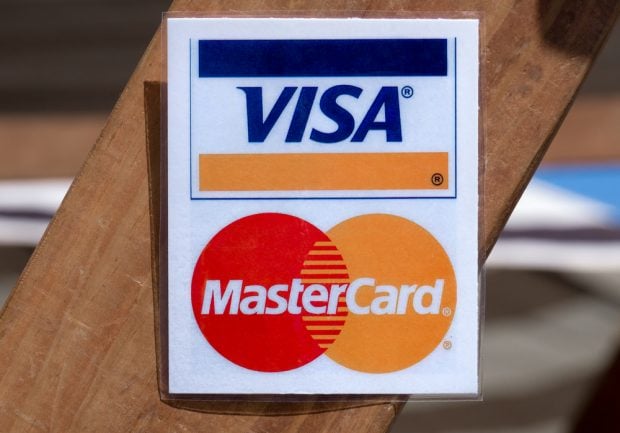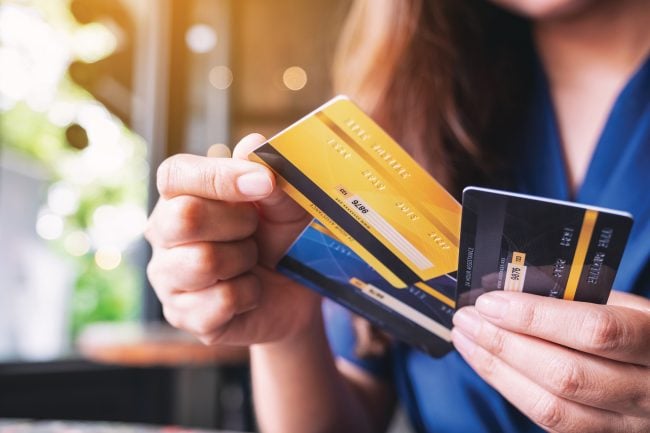Consumers seeking truly free checking need to look to either credit unions or communitybanks, according to a leading personal finance website.
|Bankrate.comquestioned banks and the top 50 credit unions in January 2014 abouttheir checking offerings as part of its annual free checkingsurvey. The online consumer site found that 72% of credit unionssurveyed offered what the site called standalone free checking,while only 38% of banks did.
|Bankrate defined standalone free checking as checking accountsthat are not only free of fees, but also do not rely on theconsumer taking other steps to keep the accounts free, suchreceiving their statements electronically, committing to directdeposit or keeping a certain minimum balance.
|The site also pointed out that an additional 24% of creditunions surveyed provided free checking for members who agreed touse e-statements and direct deposit, raising the total percentageof surveyed credit unions keeping their checking free to 96%.
|The site did not reveal what percentage of banks offered freechecking if a customer started using e-statements or directdeposit.
|Bankrate said the percentage of both credit unions and banksoffering standalone free checking has fallen since 2010, with6% fewer credit unions (78% in 2010 to 72% in 2014) offeringthe no-charge accounts, and 27% fewer banks doing so (65% in 2010to 38% in 2014).
|Greg McBride, Bankrate's chief financial analyst, attributedmost of the disparity to the regulatory changes in debit cardinterchange.
|The Durbin amendment to the Dodd-Frank Act capped debit cardinterchange for financial institutions of with over $10 billion inassets. Significantly, all four credit unions with more than $10billion in assets, which have had their interchange capped by thelaw, also participated in the survey.
|Debit card interchange helped subsidize the costs of checkingaccounts that carried debit cards, McBride explained, but with thecap, those accounts began to lose a bit of money and have becomeharder to maintain as fee-free.
|But he also suggested that getting more consumers to tryelectronic statement delivery and direct deposit, both of whichhelp cut checking account costs, was also driving some of theshift.
|“I would say that it's definitely a mix of things, but thebiggest is likely the difference in interchange for the biggerbanks,” McBride said. He observed that community banks, which likemost credit unions have fewer than $10 billion in assets and aretherefore exempt from the debit cap, had also not reported as steepa drop in free checking offers as the big banks.
|Consumers also got a better deal from credit union checkingaccounts than bank checking accounts in other ways. For example,bouncing a check at one of the 50 largest credit unions will cost aaccount holder $26.96, whereas at a bank a bounced check will costan average of $32.20.
|Bankrate also reported 30% of the 50 largest credit unions don'tcharge their members for using another financial institution's ATM,or provide at least one free withdrawal per week from anotherinstitution's ATM. But almost all of the largest credit unions(96%) charge non-members for using their ATMs, Bankratereported.
Complete your profile to continue reading and get FREE access to CUTimes.com, part of your ALM digital membership.
Your access to unlimited CUTimes.com content isn’t changing.
Once you are an ALM digital member, you’ll receive:
- Critical CUTimes.com information including comprehensive product and service provider listings via the Marketplace Directory, CU Careers, resources from industry leaders, webcasts, and breaking news, analysis and more with our informative Newsletters.
- Exclusive discounts on ALM and CU Times events.
- Access to other award-winning ALM websites including Law.com and GlobeSt.com.
Already have an account? Sign In
© 2024 ALM Global, LLC, All Rights Reserved. Request academic re-use from www.copyright.com. All other uses, submit a request to [email protected]. For more information visit Asset & Logo Licensing.









